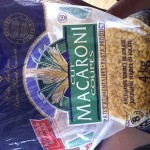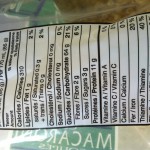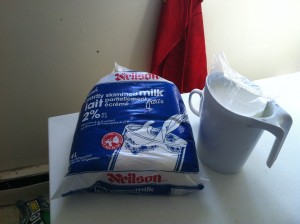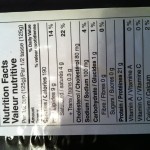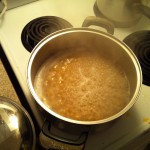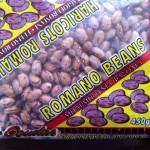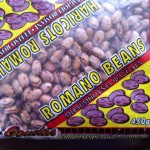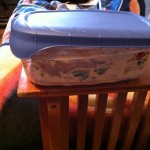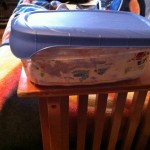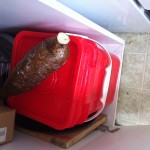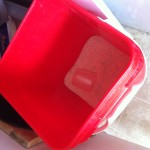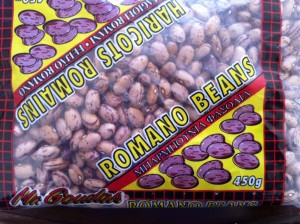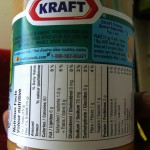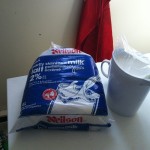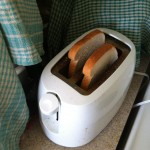Kraft Peanut Butter is part of Kraft foods Inc the peanuts are roasted using one of two methods the batch technique or the continuous methods. Most large manufacturers like using the continuous methods in which the peanuts are fed through a hopper, roasted, cooled and made into butter in one step. I’m assuming Kraft foods Inc being the international company that they are use the less labor intensive continuous method. As far as the ingredients were concerned I looked up corn dextrin and found that it is a carbohydrate which is used in foods for its binding properties. It was deemed safe to use by the US FDA ( Food and Drug Administration) in 1975.
My strawberry jam contained many ingredients whose use I questioned including pectin,citric acid, guar gum, potassium sorbate, sodium citrate, calcium chloride. Pectin and citric acid areused to make the strawberries into a gel. Guar gum is also used as a binding agent while potassium sorb ate is a preservative meant to increase shelf life of the product. Calcium chloride is another form of preservative used in food. The jelly came from montreal quebec and was packaged in a glass container
Sources:
“The Nuttiest Peanut Butter.” Consumer Reports. September, 1990, p. 588.
For more info on Kraft foods Inc: http://www.reuters.com/finance/stocks/companyProfile?symbol=KFT
ttp://www.fda.gov/Food/FoodIngredientsPackaging/GenerallyRecognizedasSafeGRAS/GRASSubstancesSCOGSDatabase/ucm261262.htm
http://www.wardchem.com/food-processing.htm

